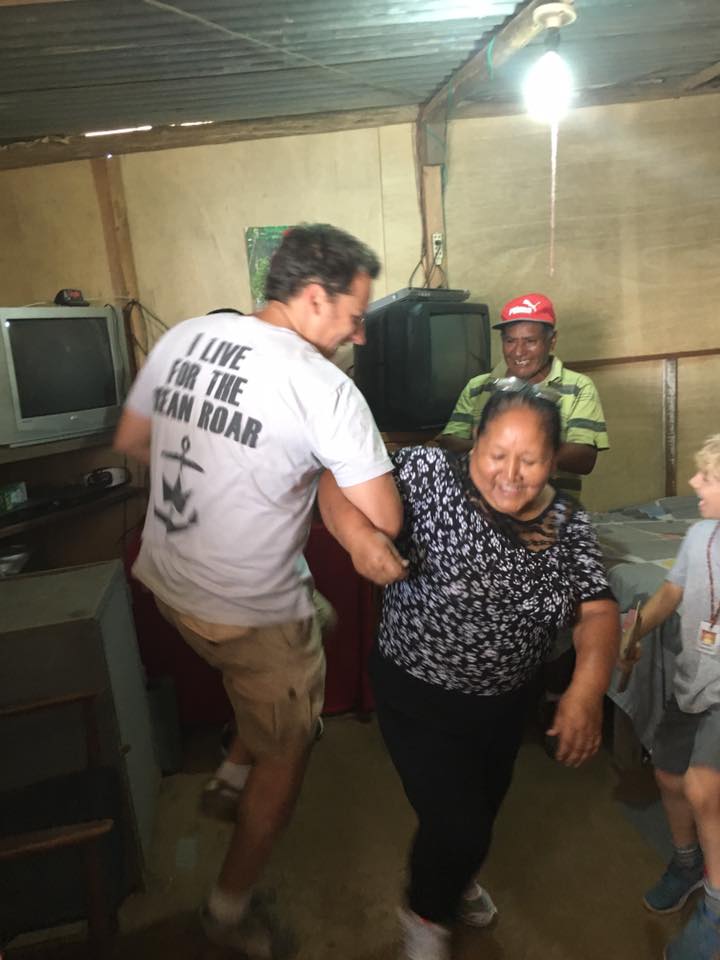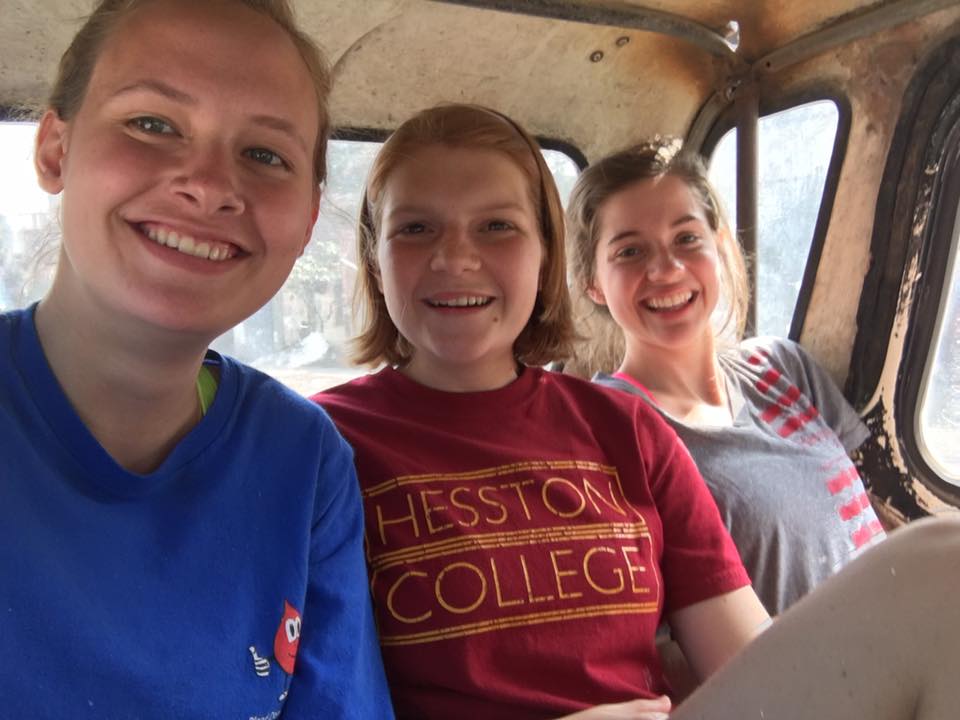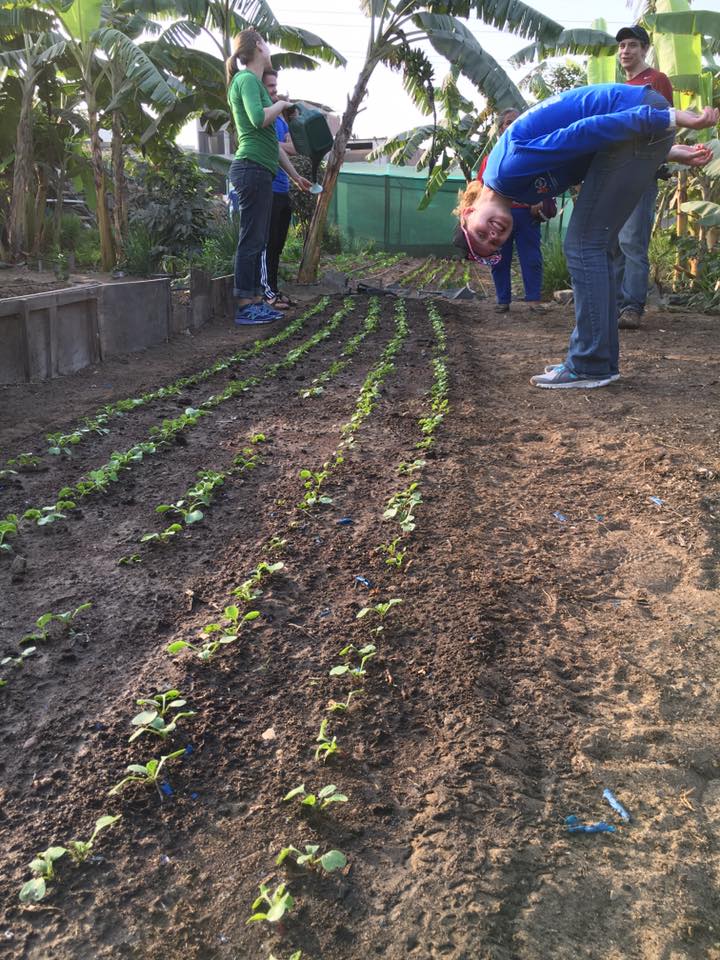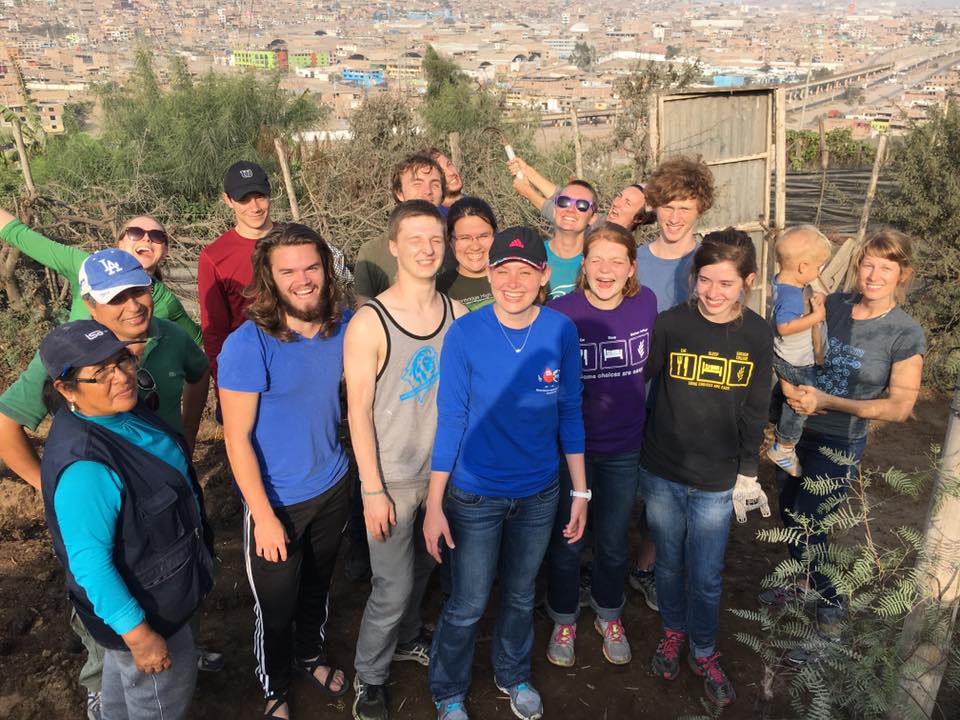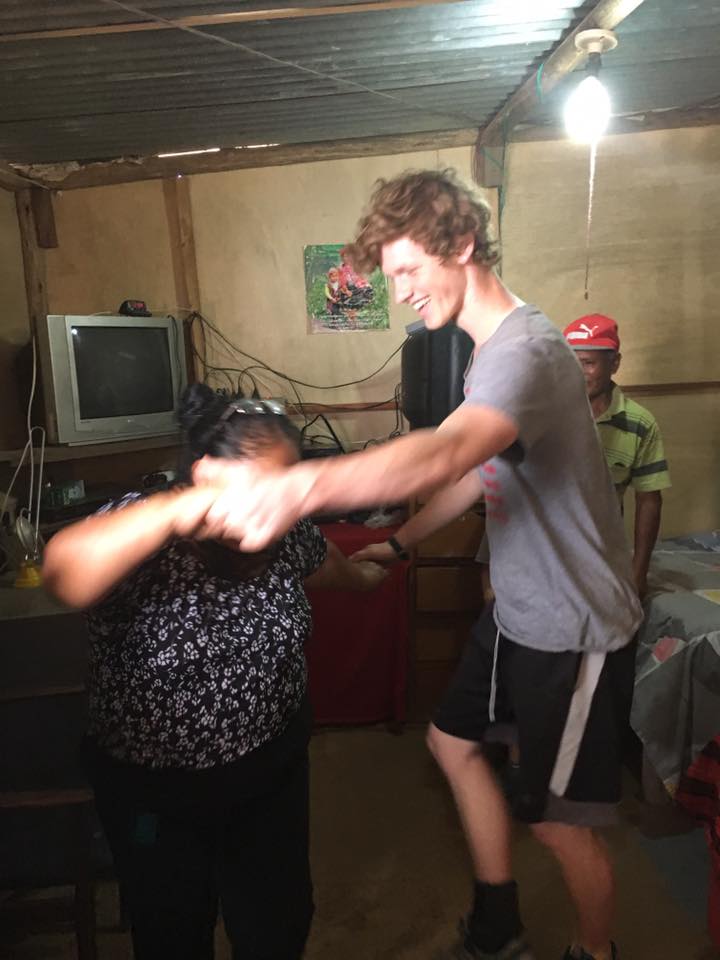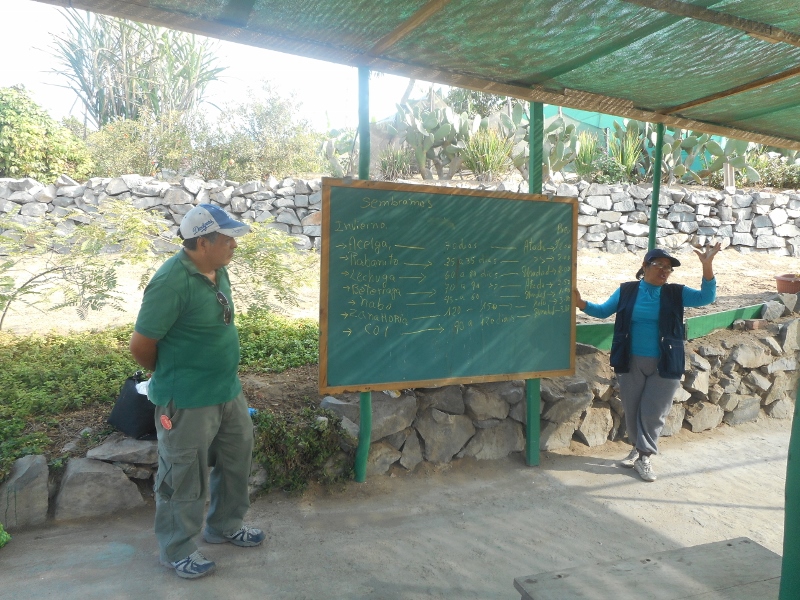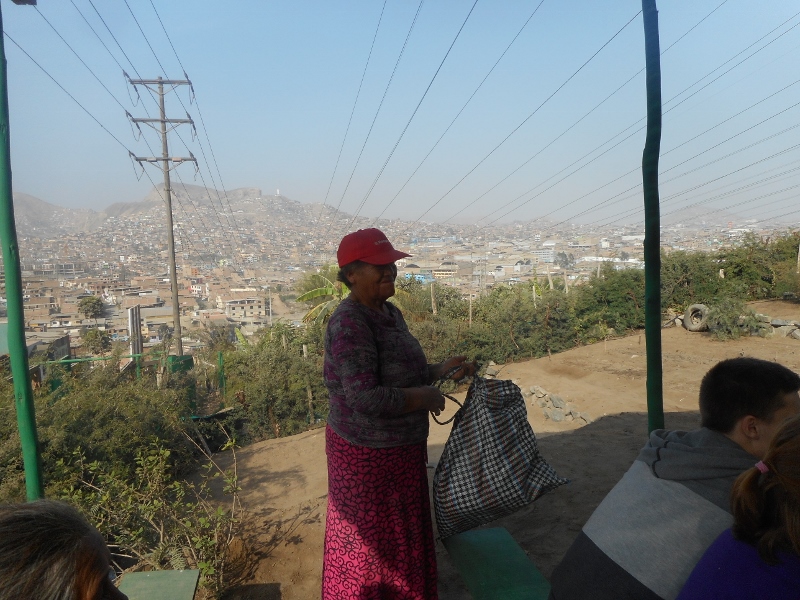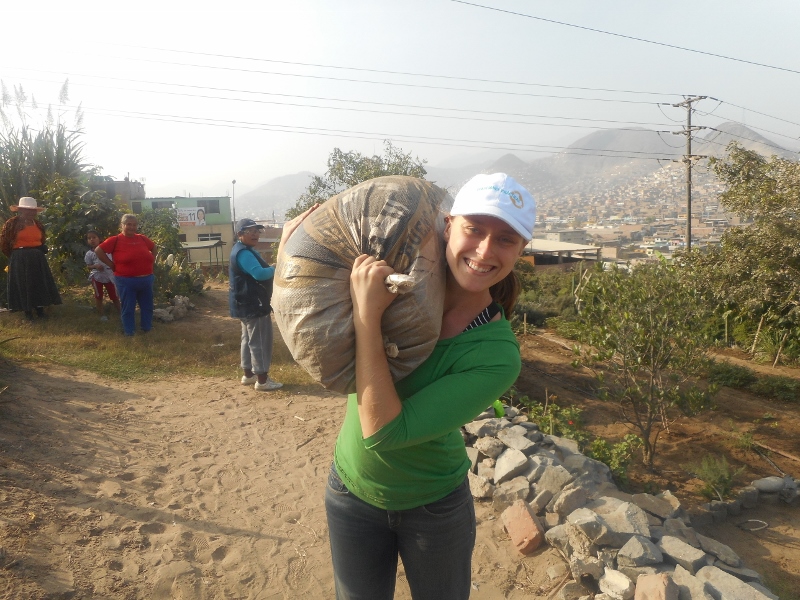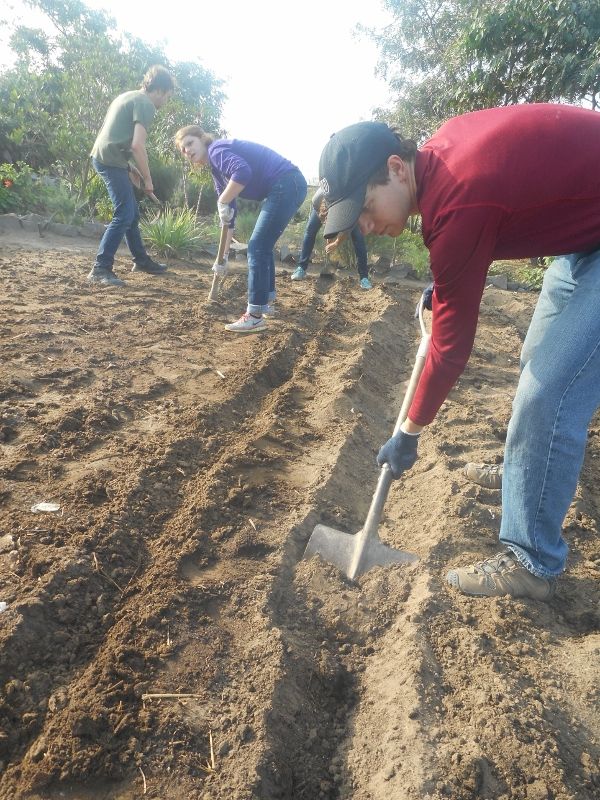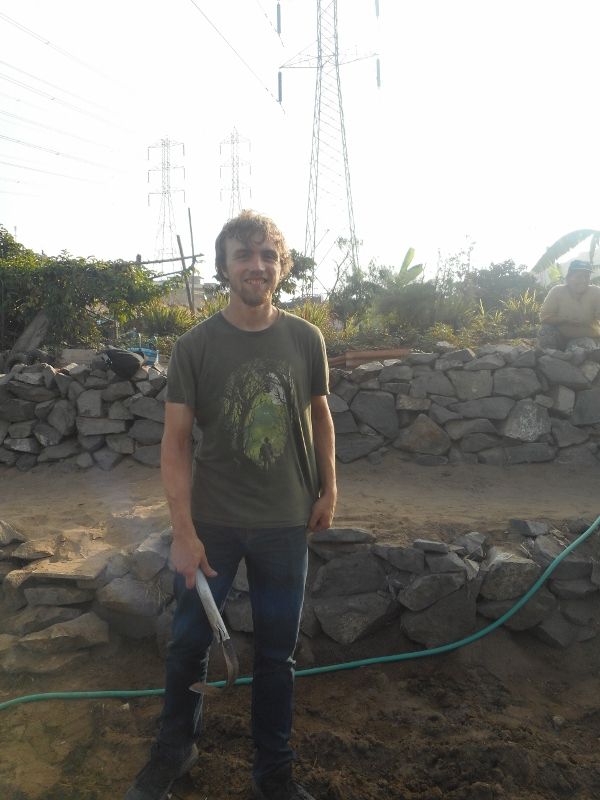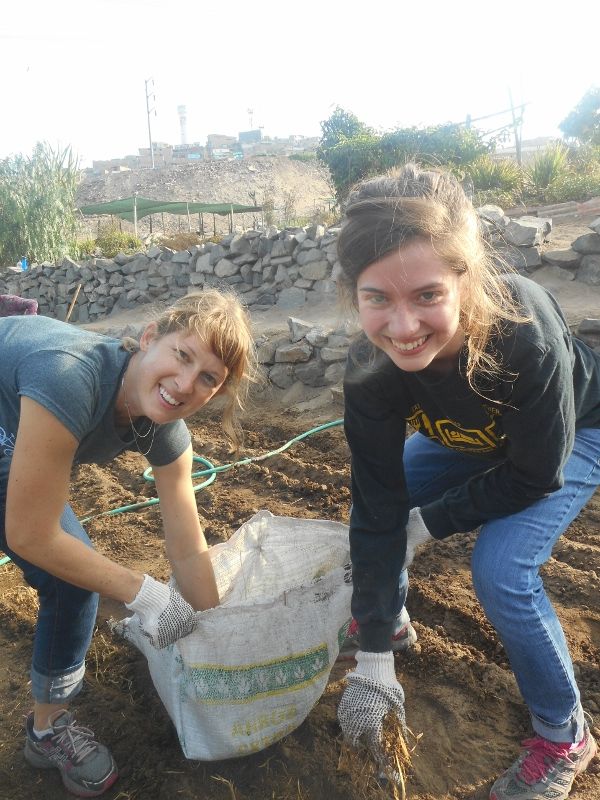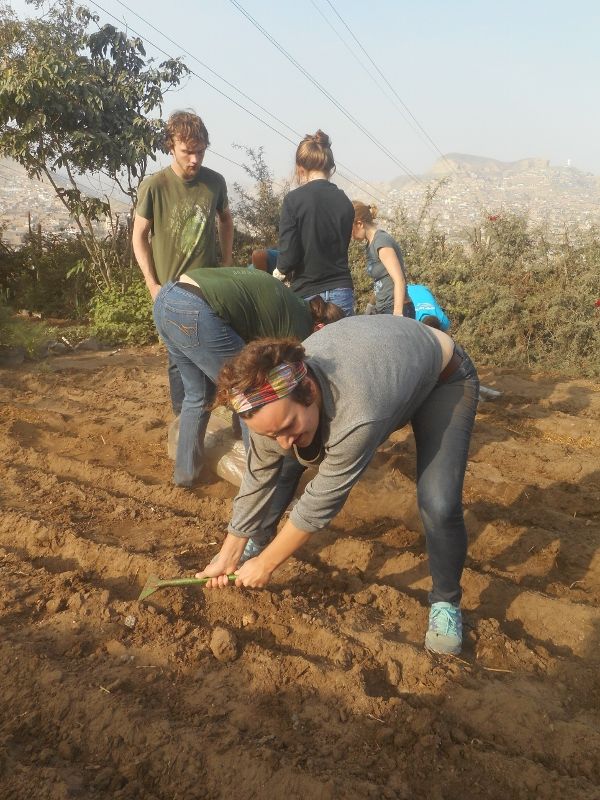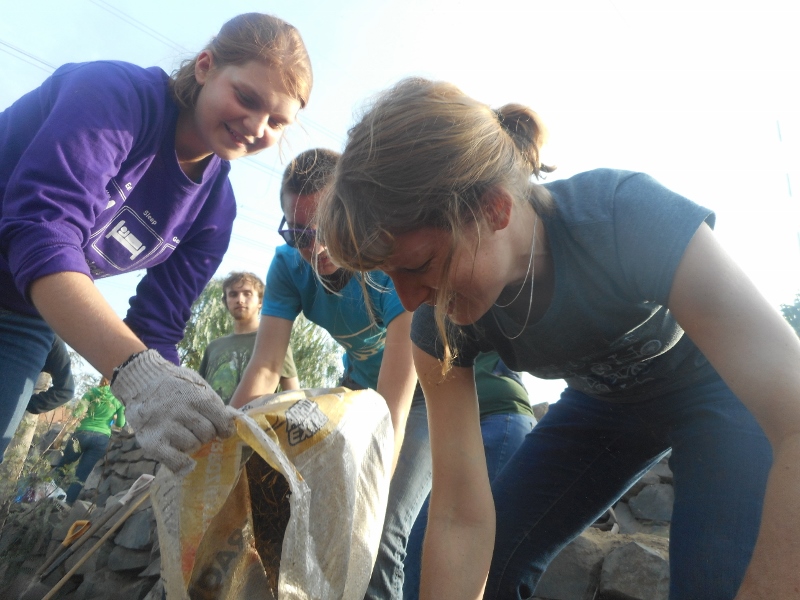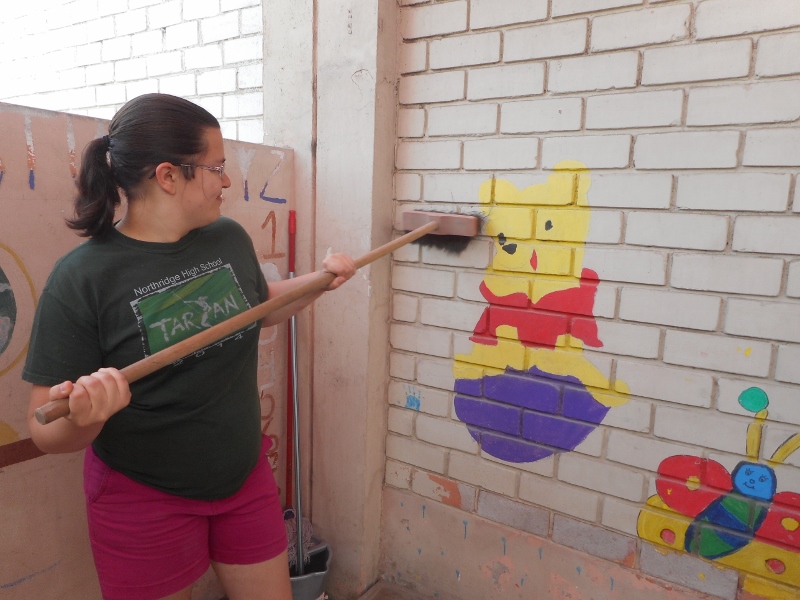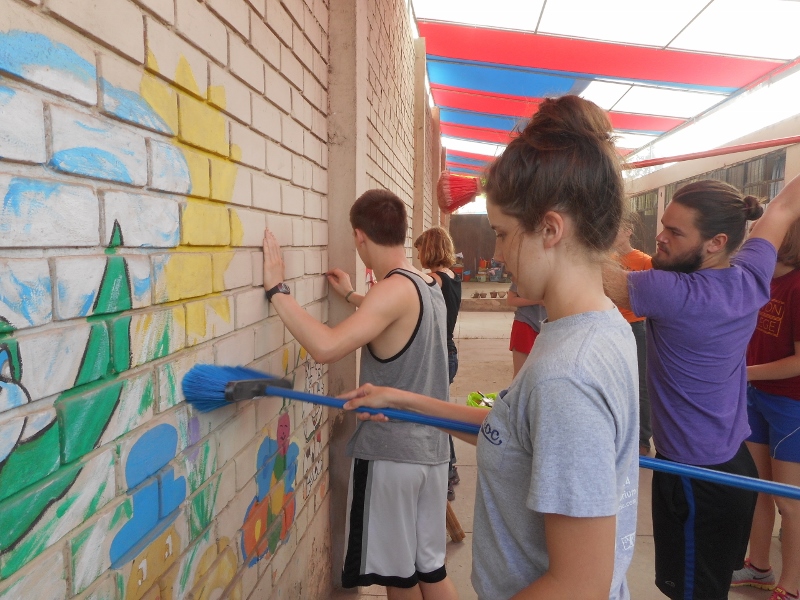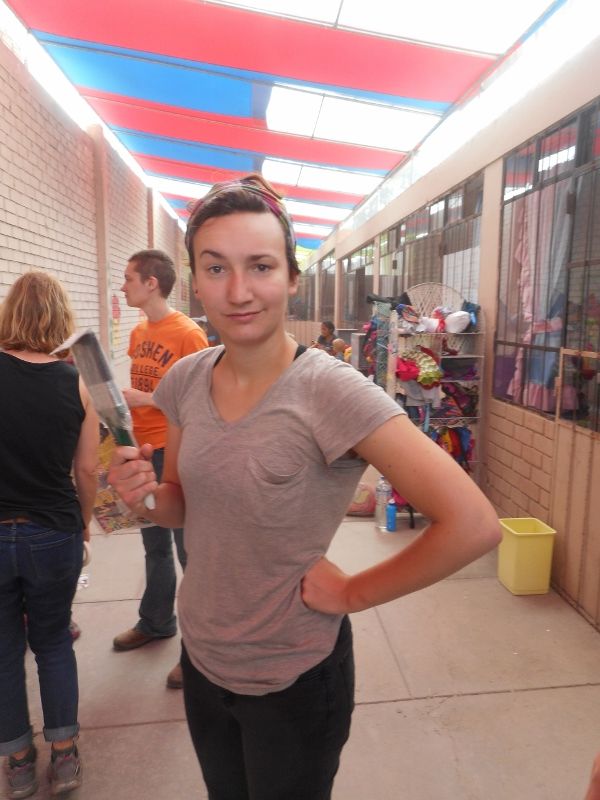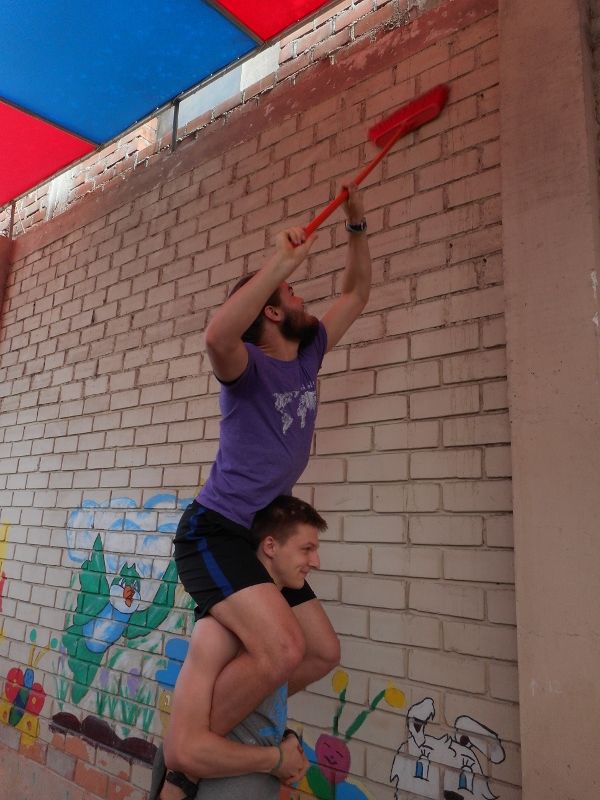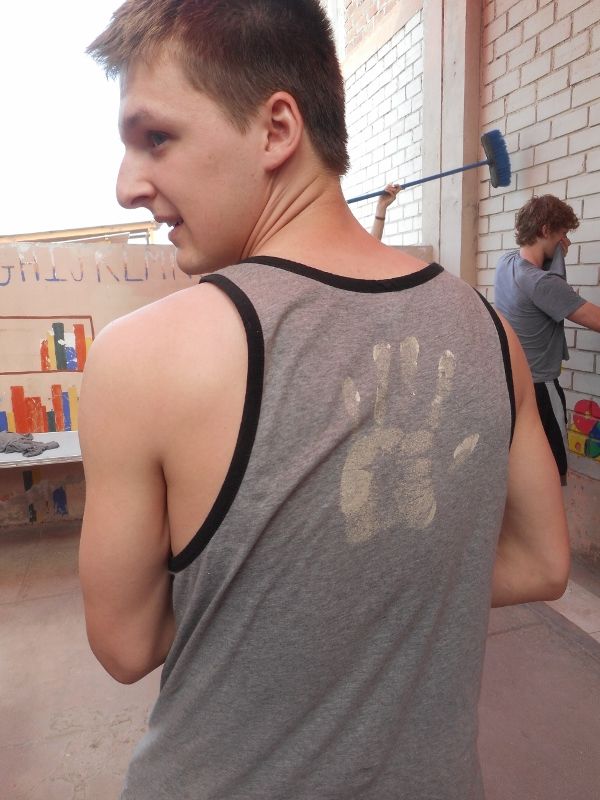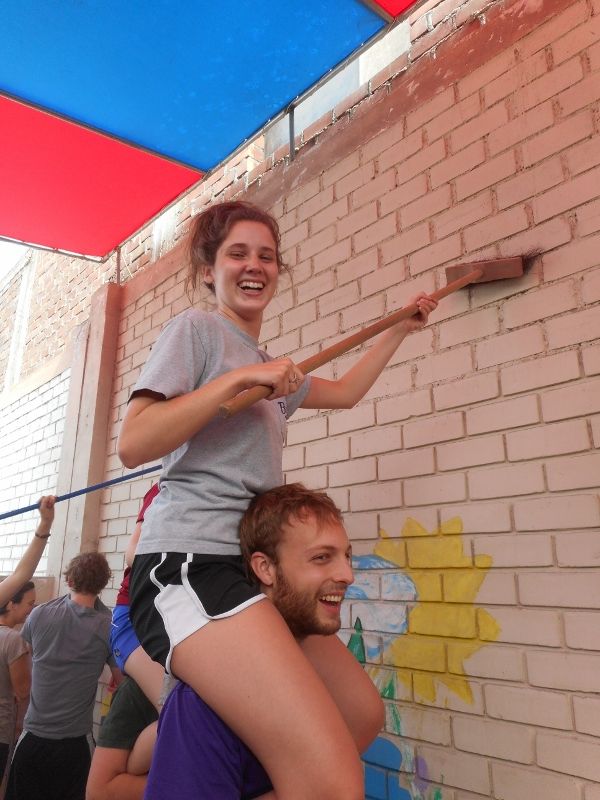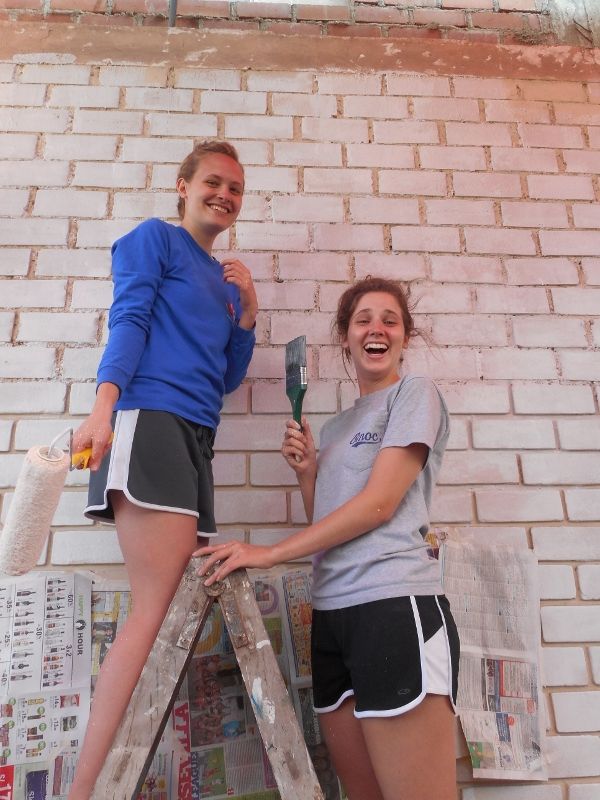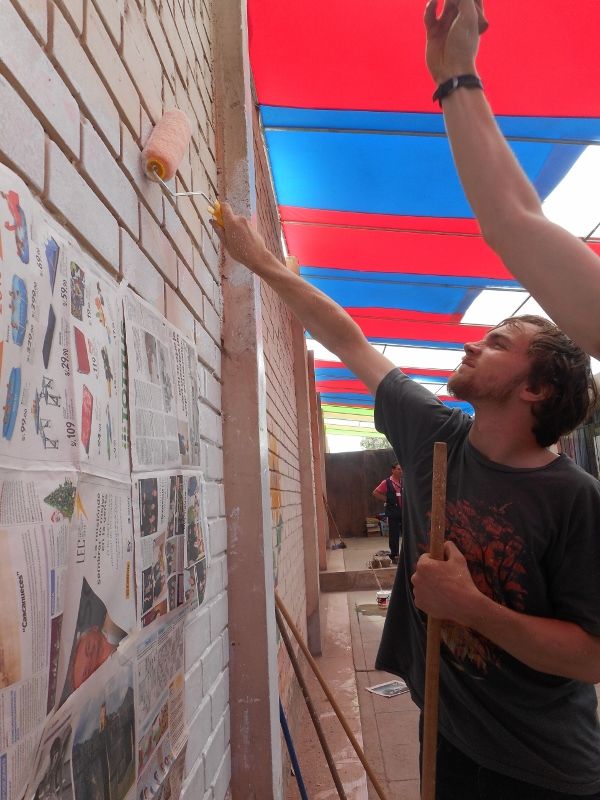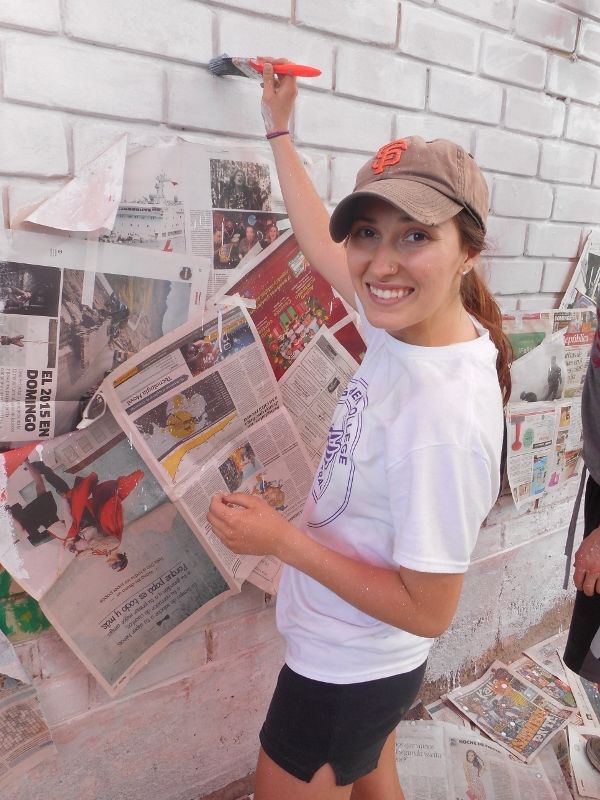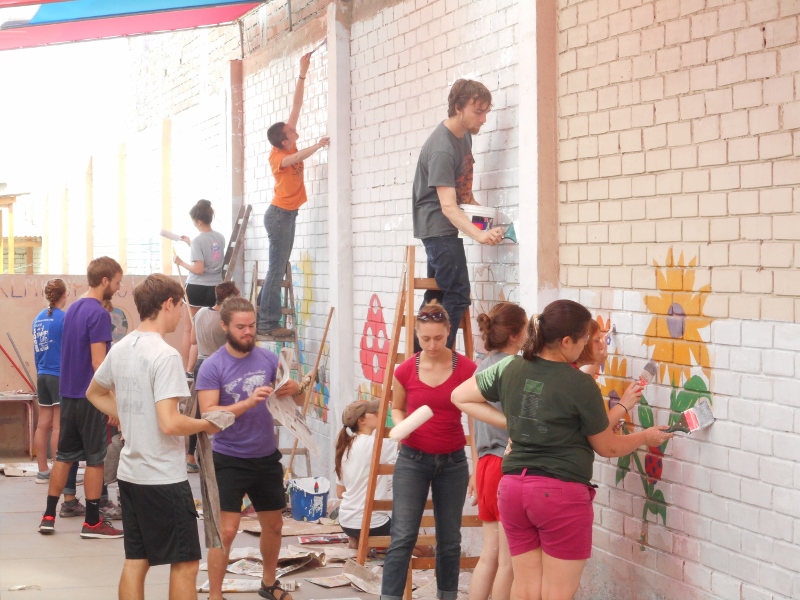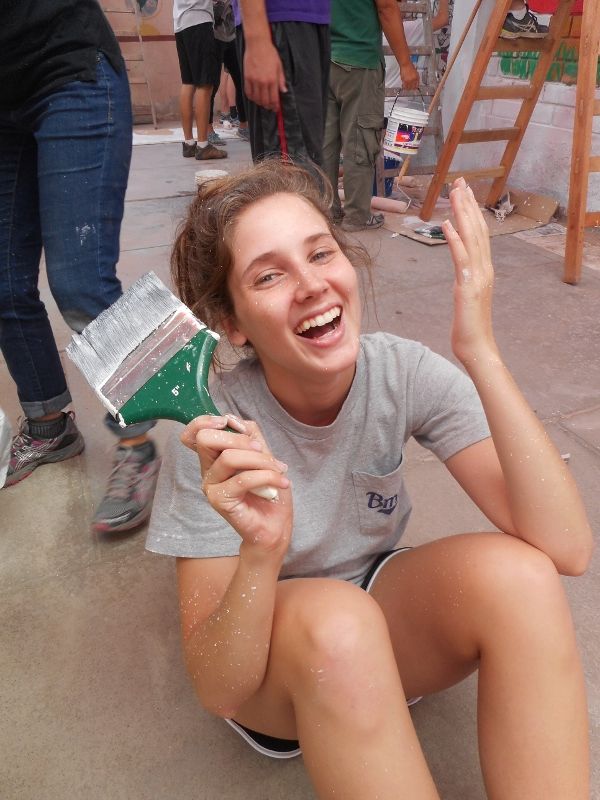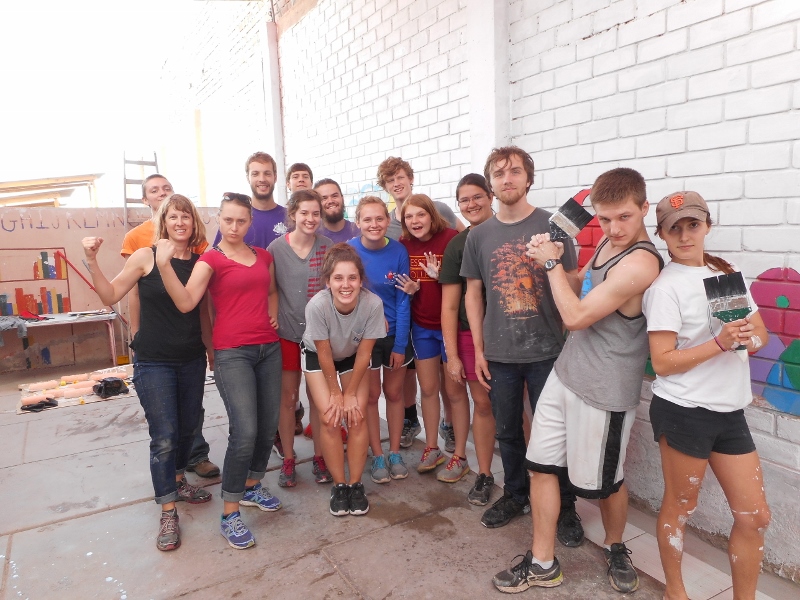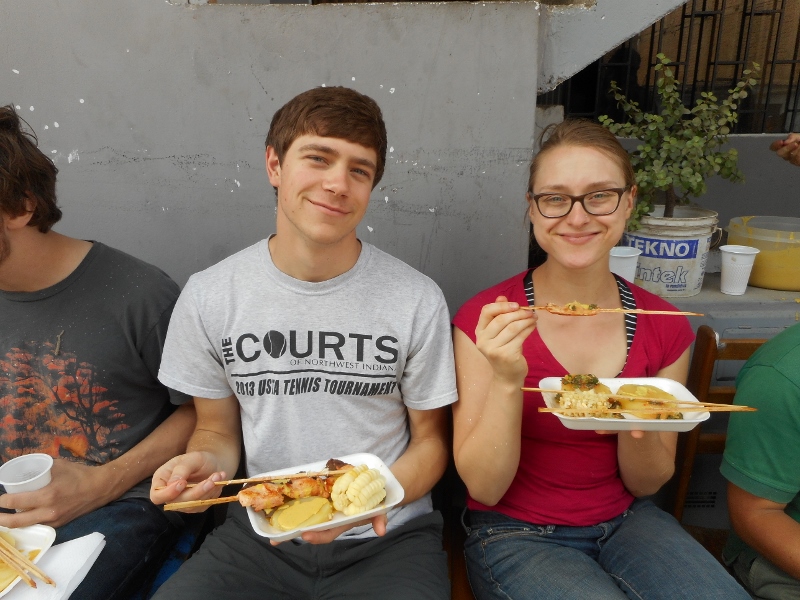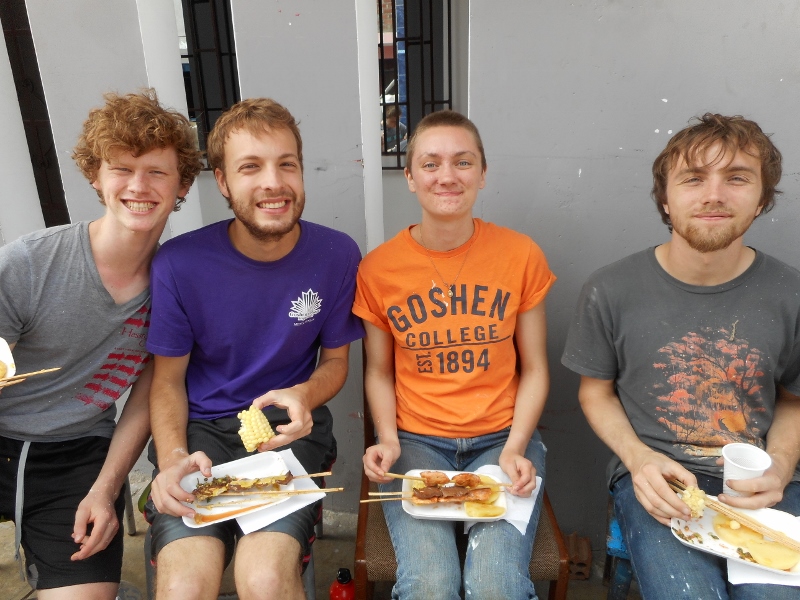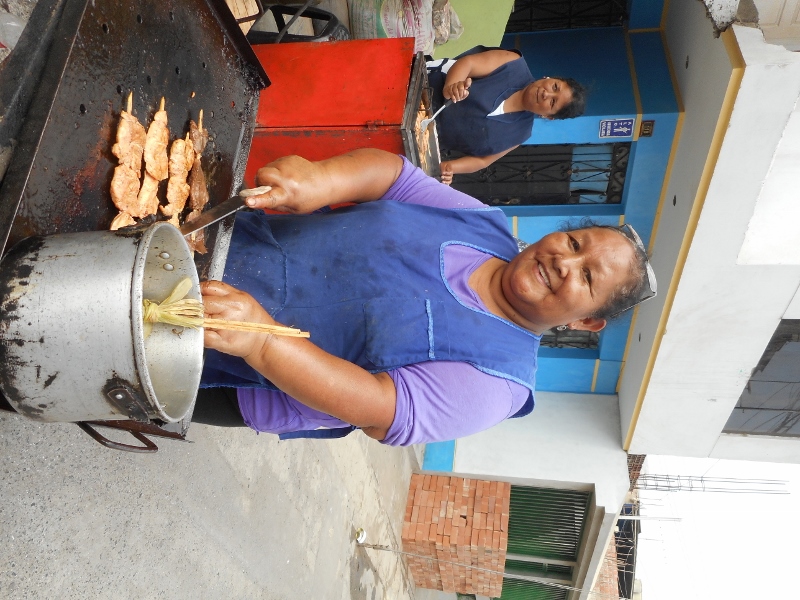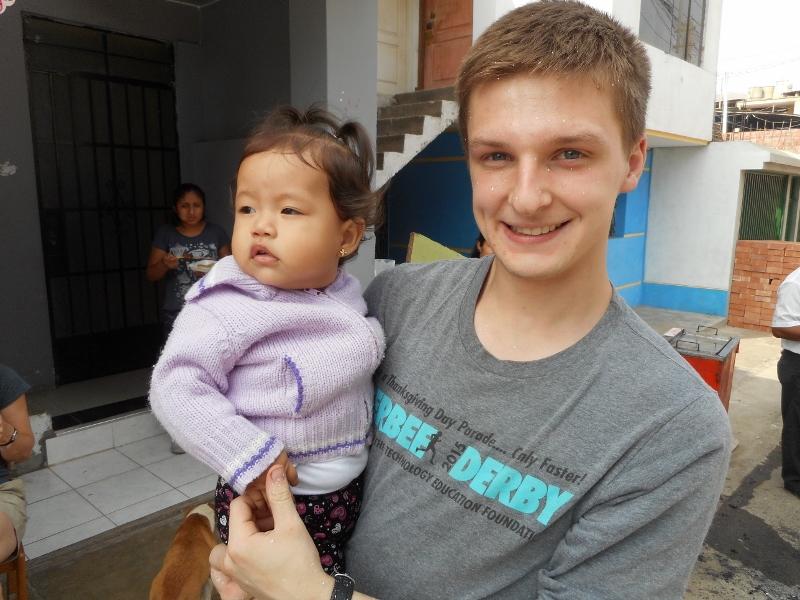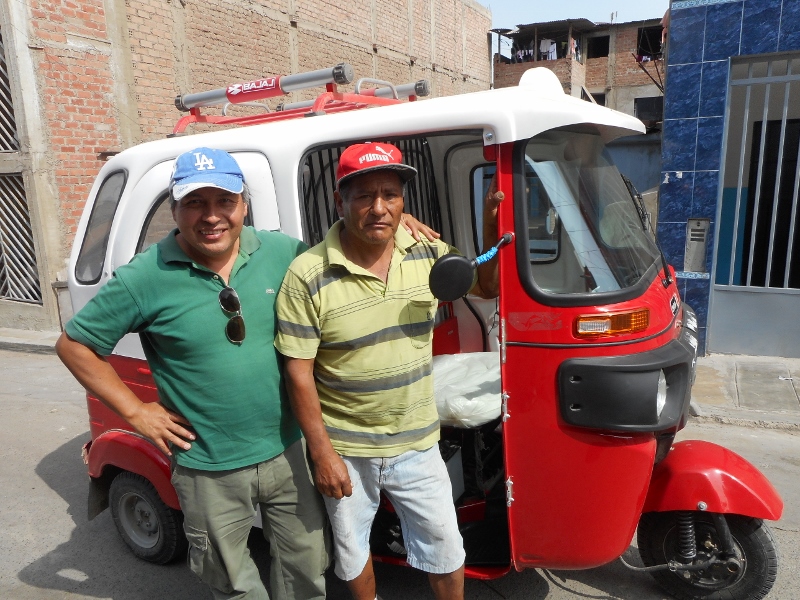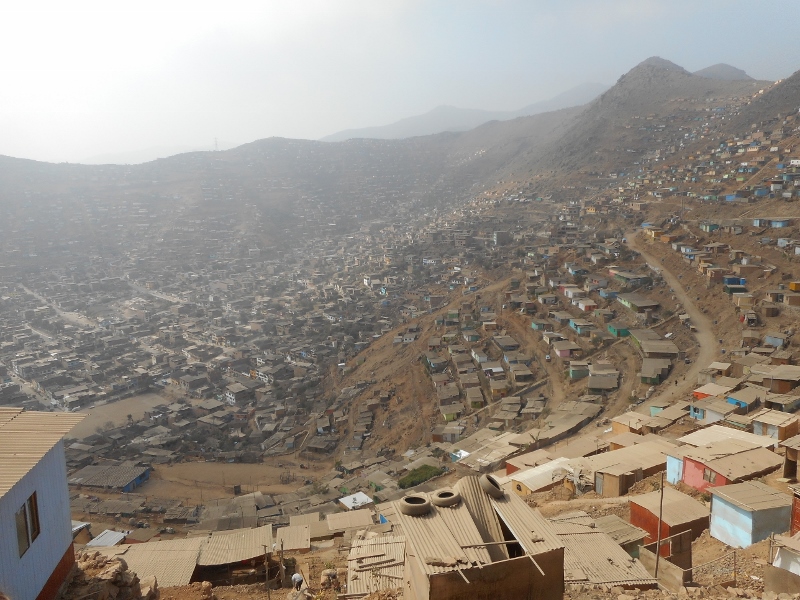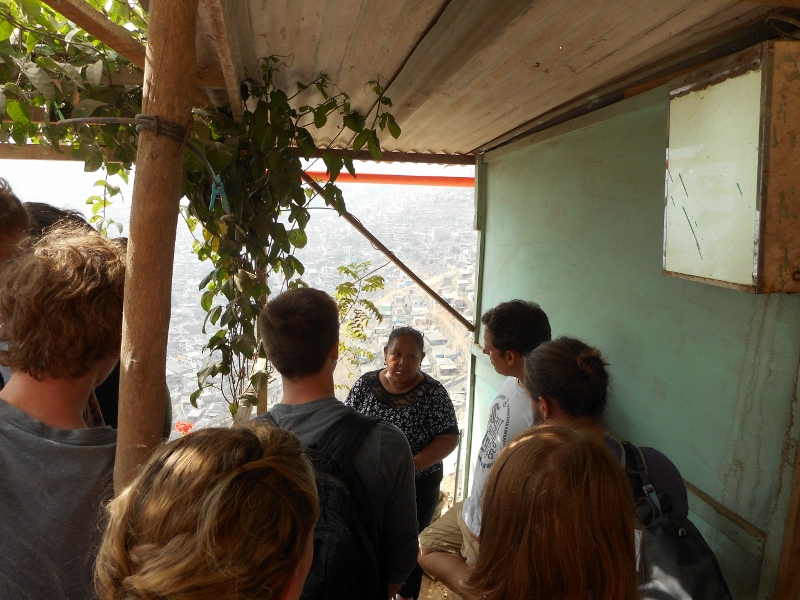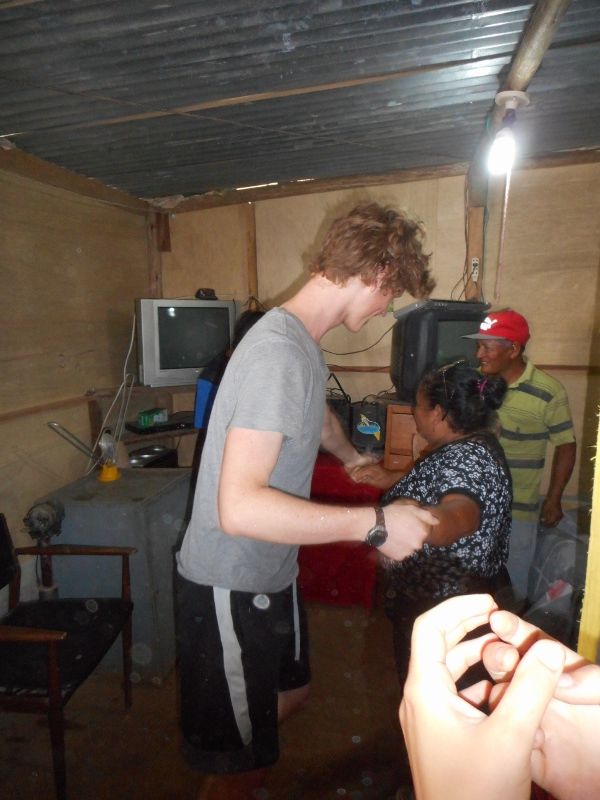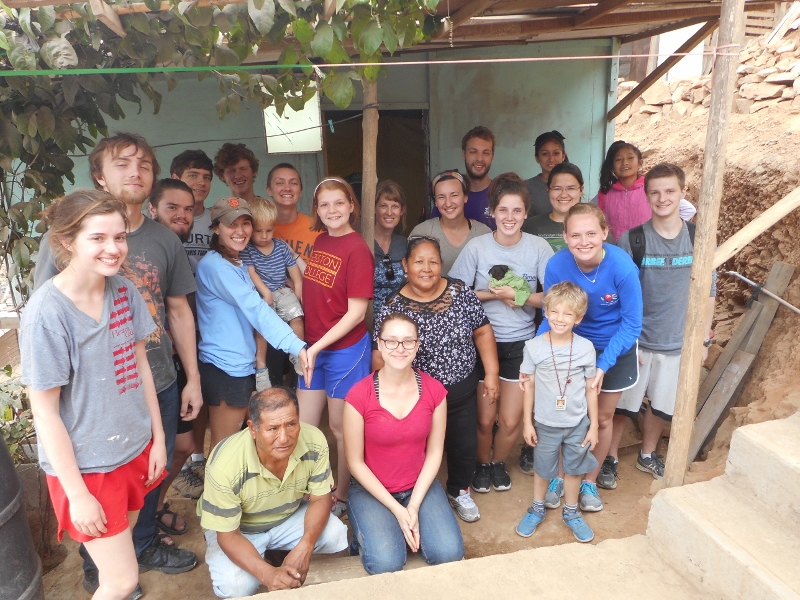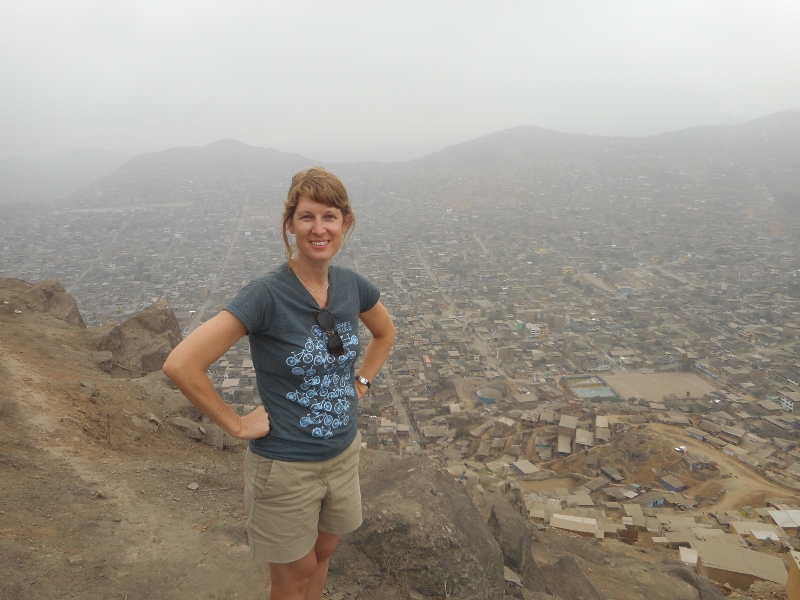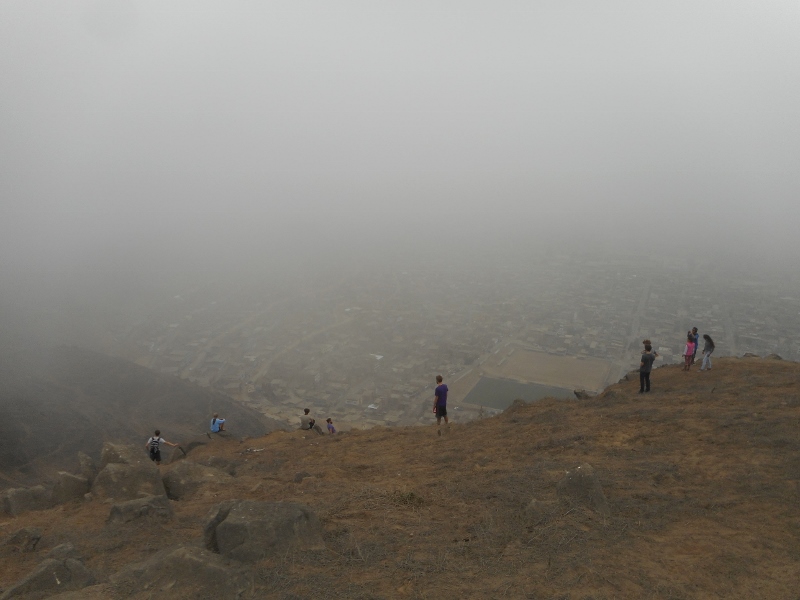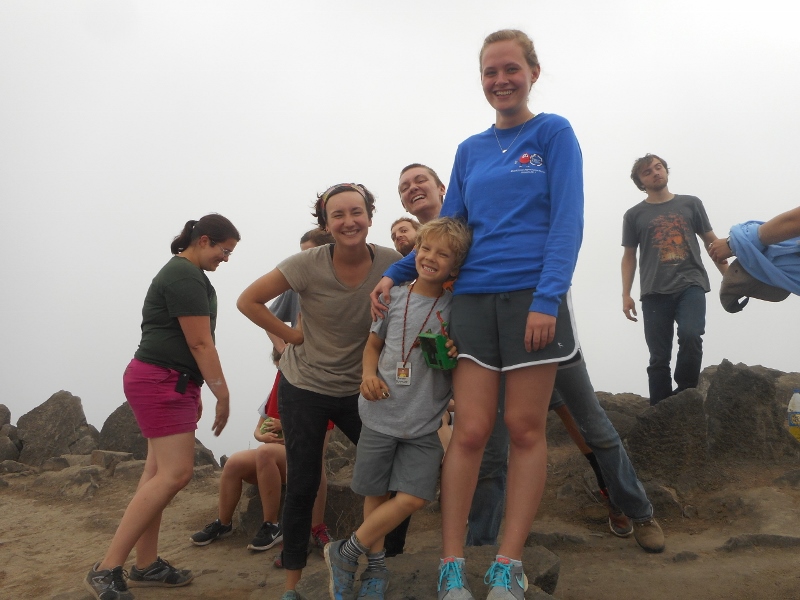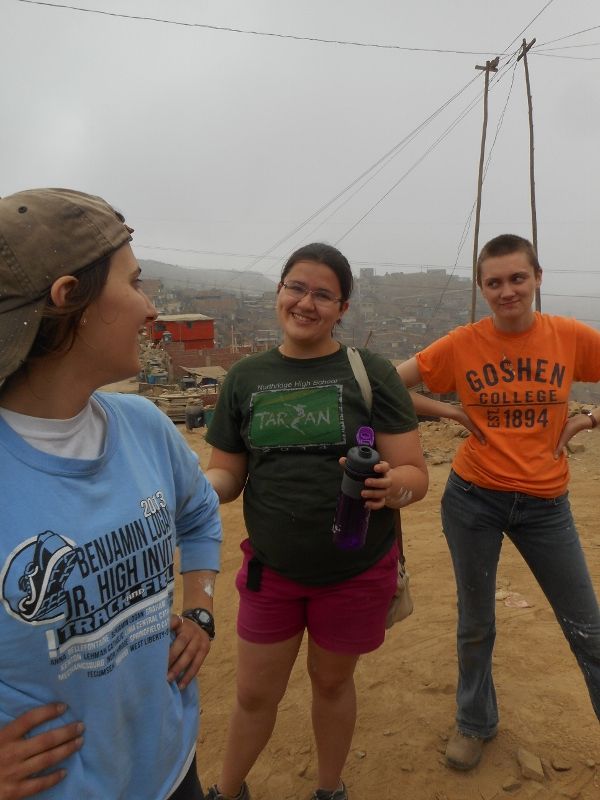Cono Sur!
Text by Kristopher Schmidt; Photos by Katie Shank and Kristopher Schmidt
Lima is a bustling city of approximately 10 Million people, and it mostly feels like it (sometimes more). That said, when we spend our time in the residencial areas of Lima it still feels like there must be more people somewhere. Being in the tourist hub (e.g. Ovalo Miraflores) feels pretty sleepy compared to Times Square NY for example. The reason is that most of Lima’s millions of residents live in the so-called “Cones of Lima”- Cono Norte, Sur and Este. These Conos are rich in life and questions.
What is it like to live on the outskirts of the city? What social justice concerns exist? What is the composition of the population there? It is a fascinating place. For example, one professor explained to us that there are more Andeans in these districts in Lima than the rest of the country. In one district, San Juan de Lurigancho, only 5% of the 1 Million people are native to that place. There are some schools in the Conos where the students speak primarily Quechua and are only now learning Spanish. We are seeing that there are huge segments of the population in Lima that are immigrants in their own country.
This week has been about social issues in Peru with an emphasis on problems in the Conos. We had lectures on global health, education and social problems. Certainly the highlight was taking time to go out and spend two days and one night in Villa Maria del Triumfo. Villa Maria is a well developed part of Cono Sur but started out humbly – straw walls and tin roofs, no utilities, dry dry desert. The homes here are the result of an incremental building of a city from scratch. It is probably not unlike the great migrations and settling of the United States. Students were put into groups of 3 or 4 to spend the night in Villa Maria with host families, some of which were a part of these great development projects happening over the past 30 years. Here are some highlights of our time at Cono Sur:
- Took a painfully long transit ride to the other side of the city. We are told that our transit ride was much better than it could have been. Residents in this area will commute 1.5-2 hrs each way every day.
- Meals cooked by Chef Alicia. We had a menu lunch on our first day, and anticuchos on the second. Antichuchos are ‘shishkebabs’ made of chicken or the more tradition beef heart.
- 3 hrs of service in the community garden of Senora Gregora. This community garden is a literal oasis in the middle of the desert that provides fresh vegetables all year to hundreds of people. We prepared a large section of the garden and reinforced a wall (not at the engineering level of Pachacutec, but very close).
- 3 hrs of service at INABIF, a government day-school that serves families of poor families. We cleaned and painted two sections of a large exterior wall. We felt as though our contribution was minimal, but officials there seemed to be quite pleased.
- A visit with hike up to a developing community in Cono Sur. We took a long bus ride up to the top of a new settlement lacking basic services to see what it was like first hand. A home owner explained the informal process of homeownership and utility development in this area.
Enjoy the photos below. We are all doing very well, though days are long and full. Students have a good chunk of free time Friday afternoon but will be coming to Casa Goshen on Sunday to hear a lecture about the transport issues in Lima followed by an afternoon bike ride.
Nos Vemos!

